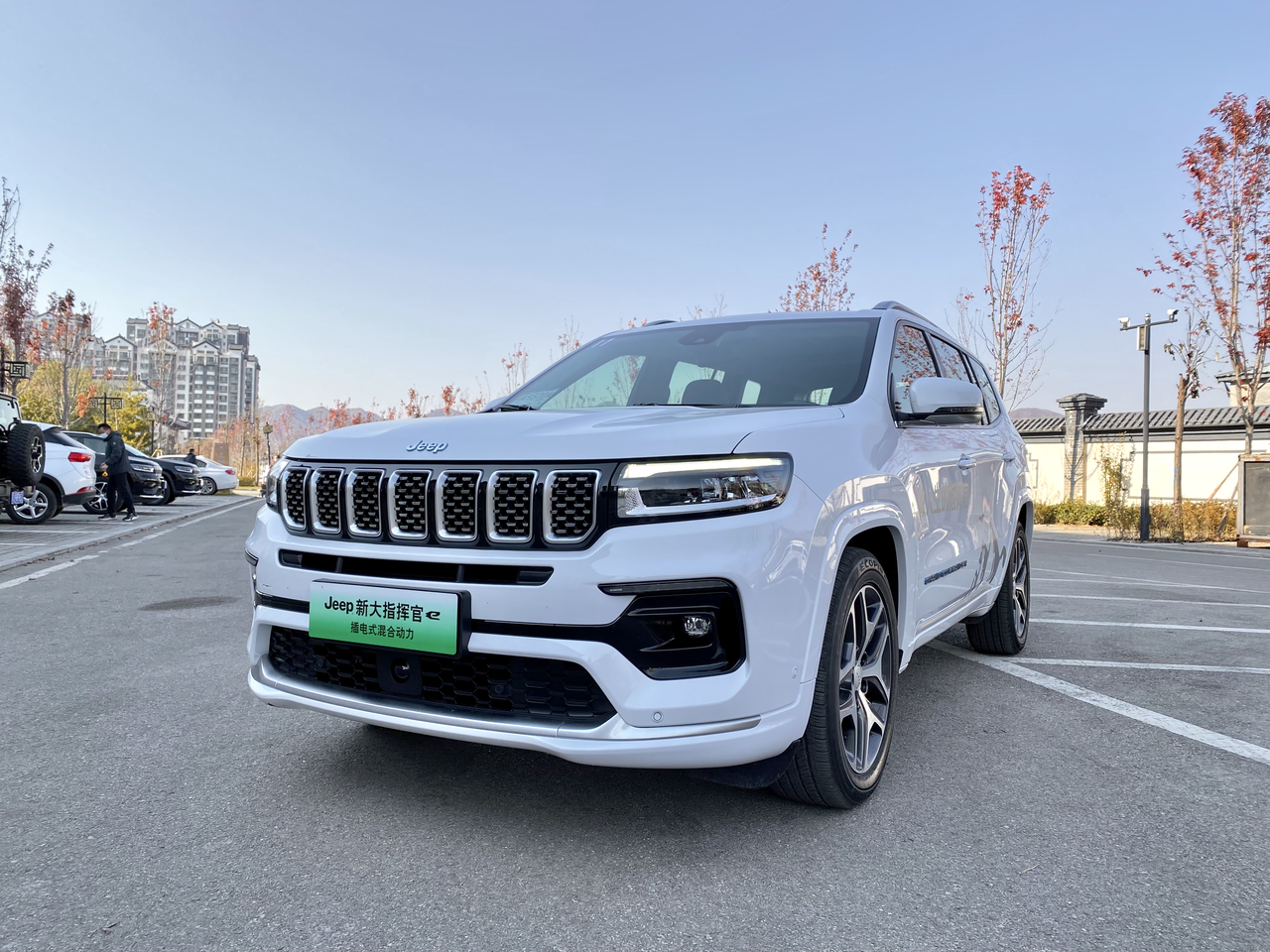Jeep, these four letters for me have always been associated with outdoor and wilderness, and “no Jeep, no off-road” is also the creed of many off-road enthusiasts. However, with the increasingly strict carbon emissions regulations, electrification has become Jeep’s only choice. Today we come to the picturesque Laiyuan Scenic Area to experience this Jeep New Grand Commander Hybrid version.
Following The Trend to Create “Refined Tough Guy” Appearance
Balancing the traditional rugged design of Jeep with the current popular trends may be the most challenging problem for Jeep’s exterior designers. Compared to the previous generation, the front face of this Jeep New Grand Commander Hybrid version has not changed much. It still adopts the family-style seven-hole air intake design, which makes it easy to recognize that it is a Jeep model. The black connecting strip that runs through the bottom connects the fog lights on both sides, and the gap between the headlights and the air intake is also filled with black, providing better visual integrity.
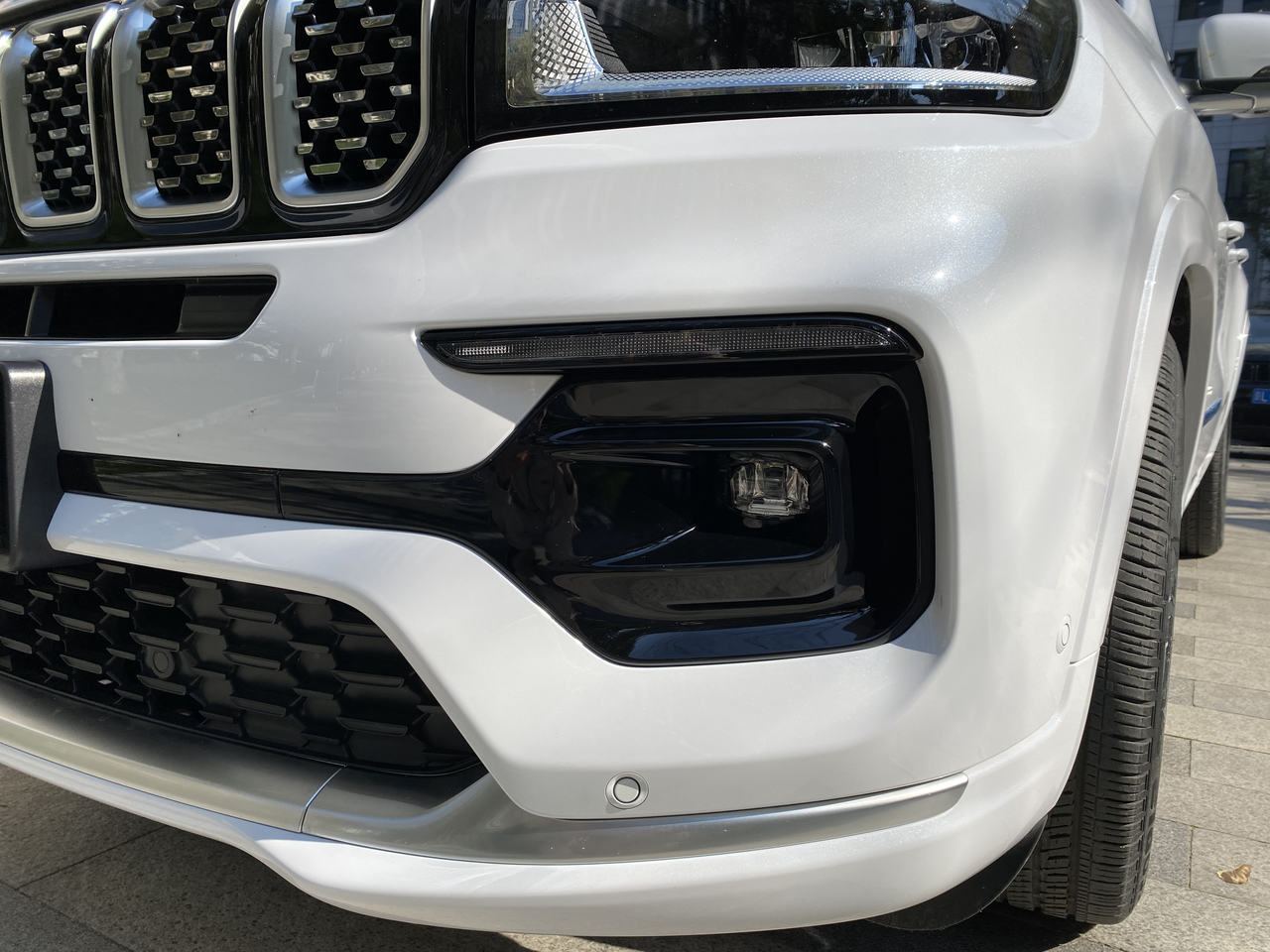
Using one word to describe the biggest difference in appearance between it and the previous generation would be “refined.” This generation of Jeep New Grand Commander Hybrid version has installed LED daytime running lights that are more evenly balanced in light sensitivity, coupled with a diamond-shaped silver grille, making the headlights appear more profound and divine. The opening in the middle of the air intake has also been designed with a starry net like that of a Mercedes-Benz.
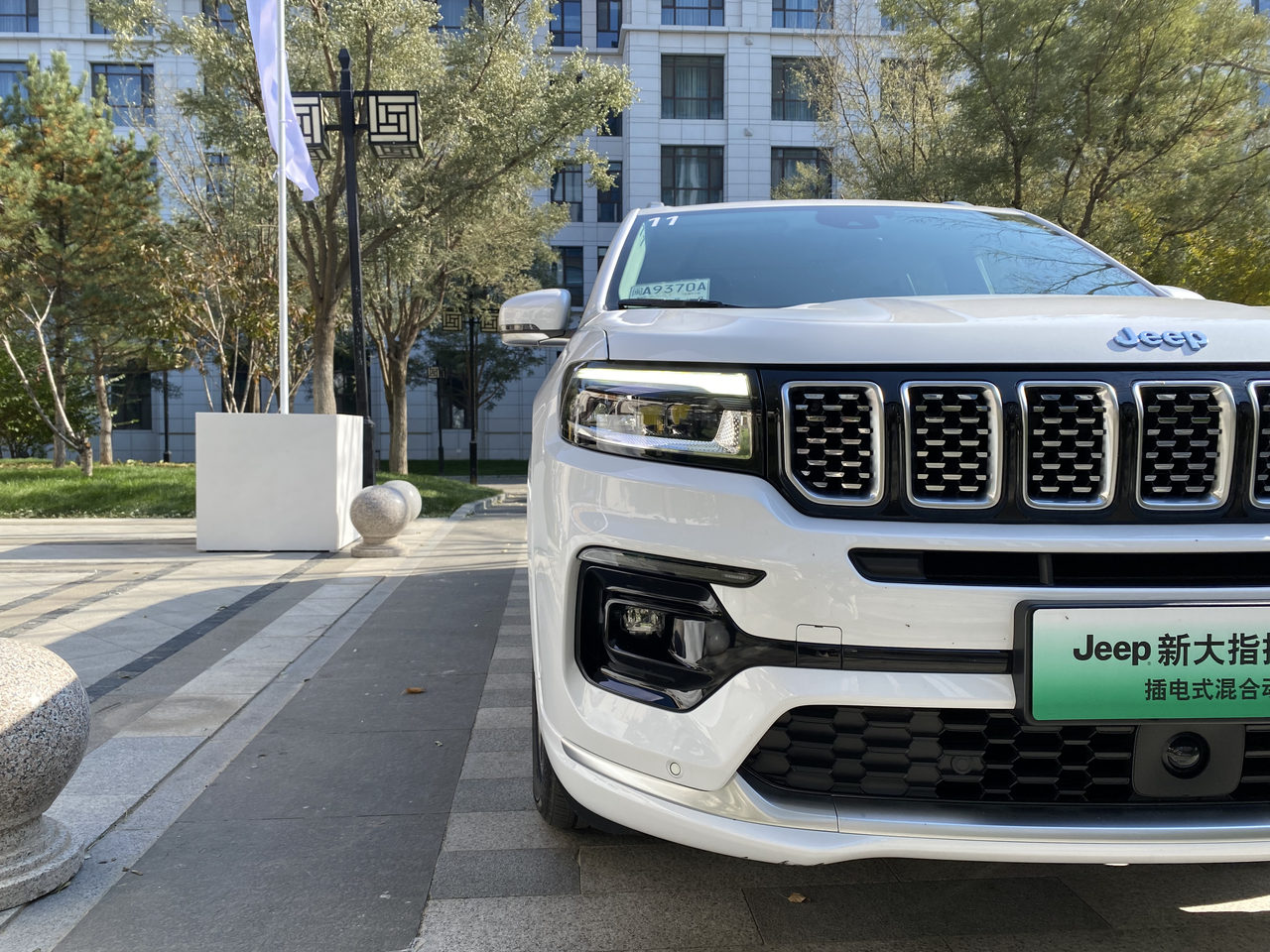
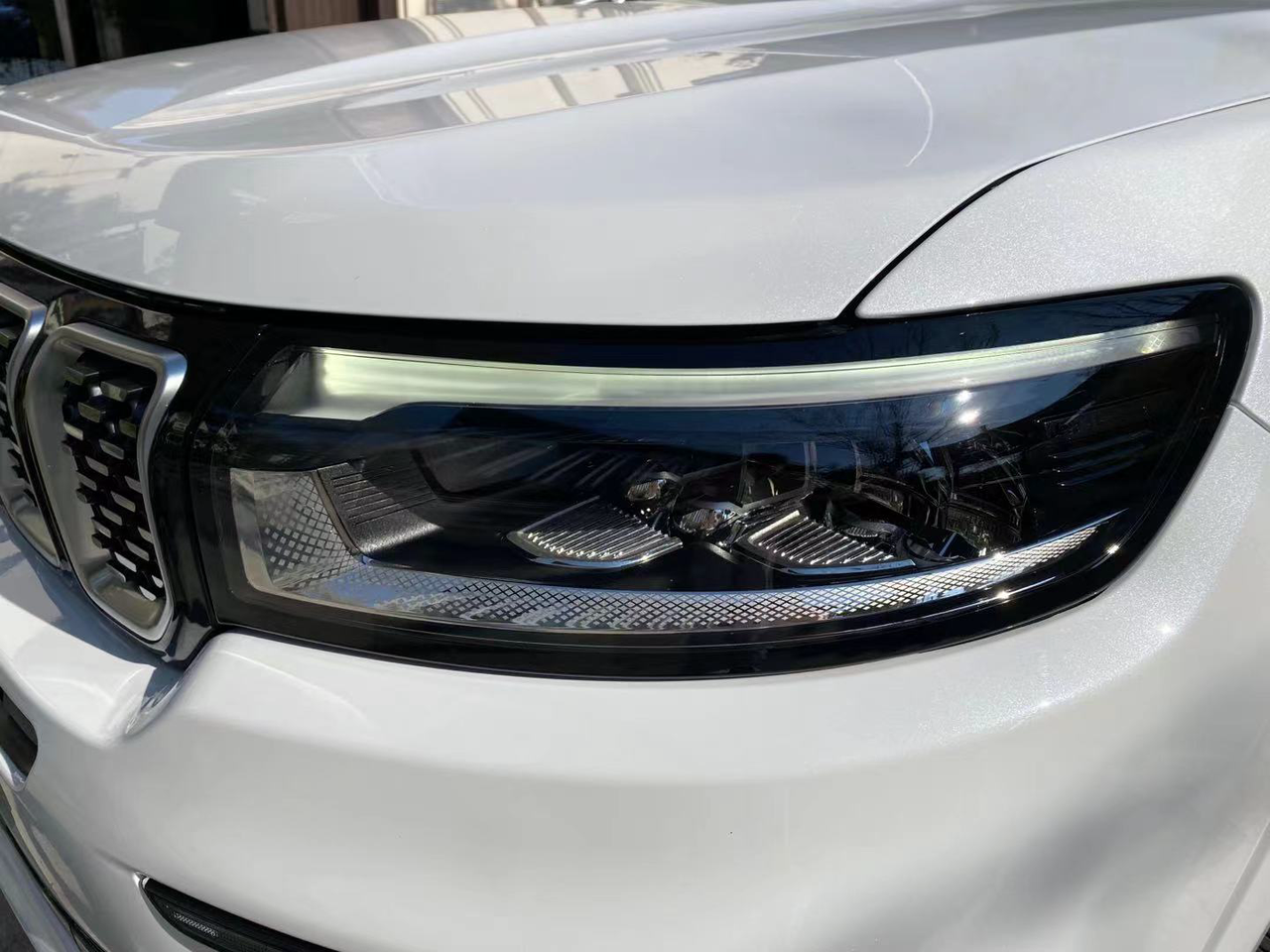
The connected taillights are probably the biggest change between the new and previous generation models. This design of narrow in the middle and wide on both sides in the connected taillights makes me feel exceptionally familiar. Many SUVs such as Porsche Cayenne, BYD Tang, Mercedes EQC, and Ideal ONE have adopted similar designs.
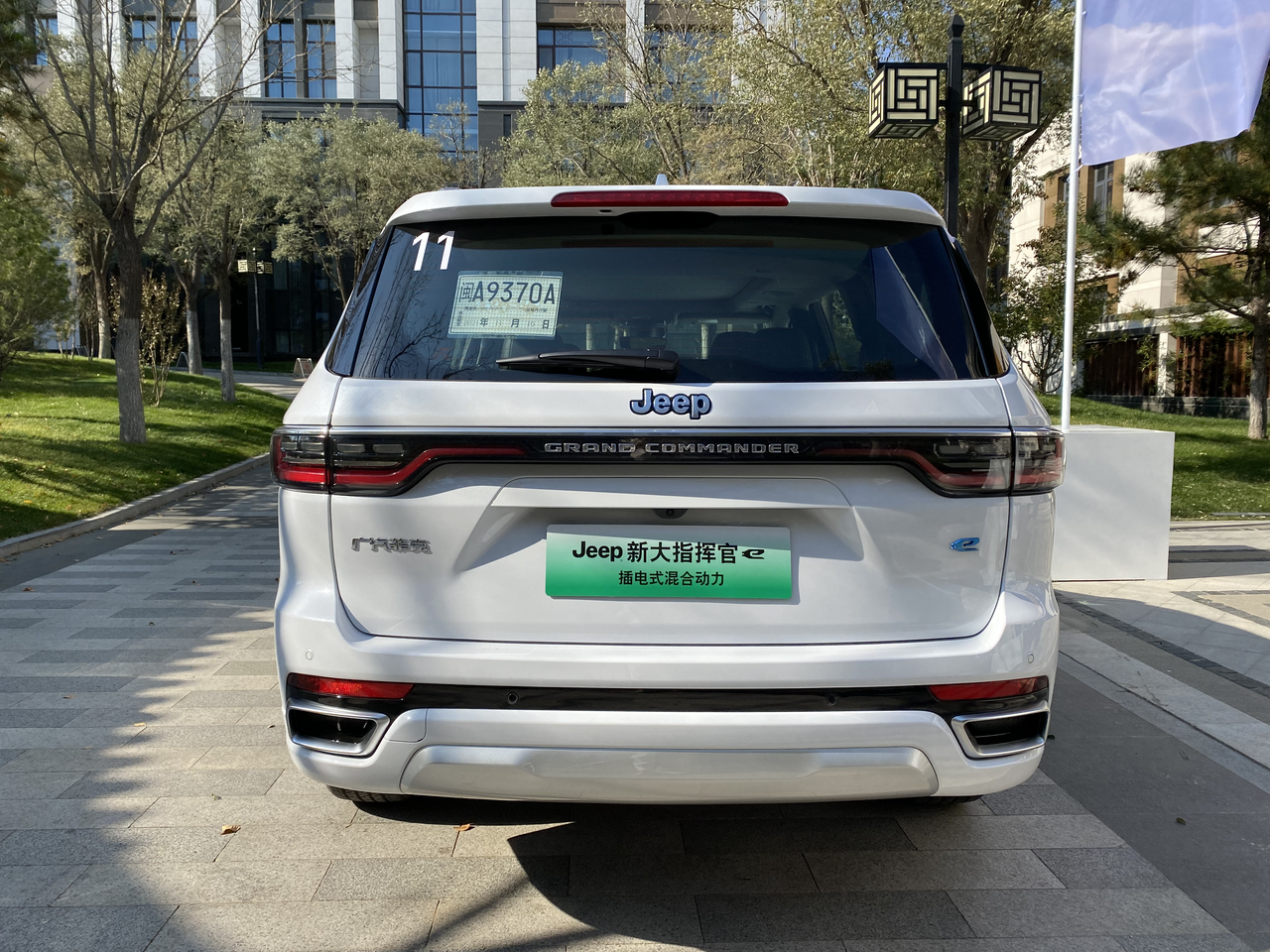
The design of the exhaust pipe has also become much more refined. The double-sided square exhaust pipe with a silver border also uses a connected decorative strip to keep its design language and the taillights and front face visually cohesive. The “e” logo on the bottom right indicates the identity of the hybrid version. If you cover the Jeep logo, you really can’t guess that this is a Jeep model.
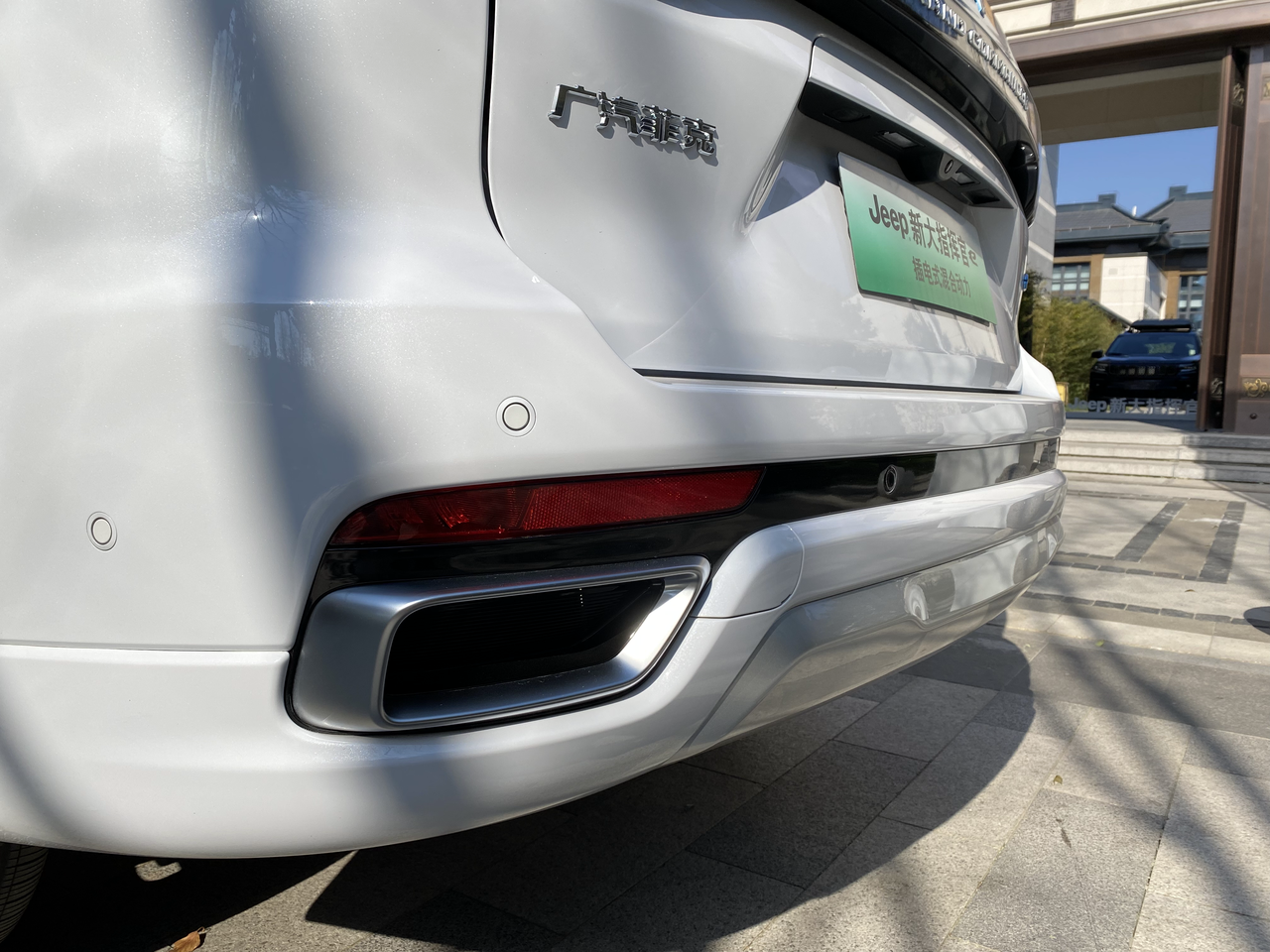 The familiar feeling of Jeep comes back when you approach it from the side, with its dimensions of 4,8901,8961,730 and square window lines giving a sense of grandeur, and the design of the wheel arches and waistlines full of wildness. Personally, I really like the appearance of this generation of Grand Commander hybrid version, and I would give it a score of 9.
The familiar feeling of Jeep comes back when you approach it from the side, with its dimensions of 4,8901,8961,730 and square window lines giving a sense of grandeur, and the design of the wheel arches and waistlines full of wildness. Personally, I really like the appearance of this generation of Grand Commander hybrid version, and I would give it a score of 9.
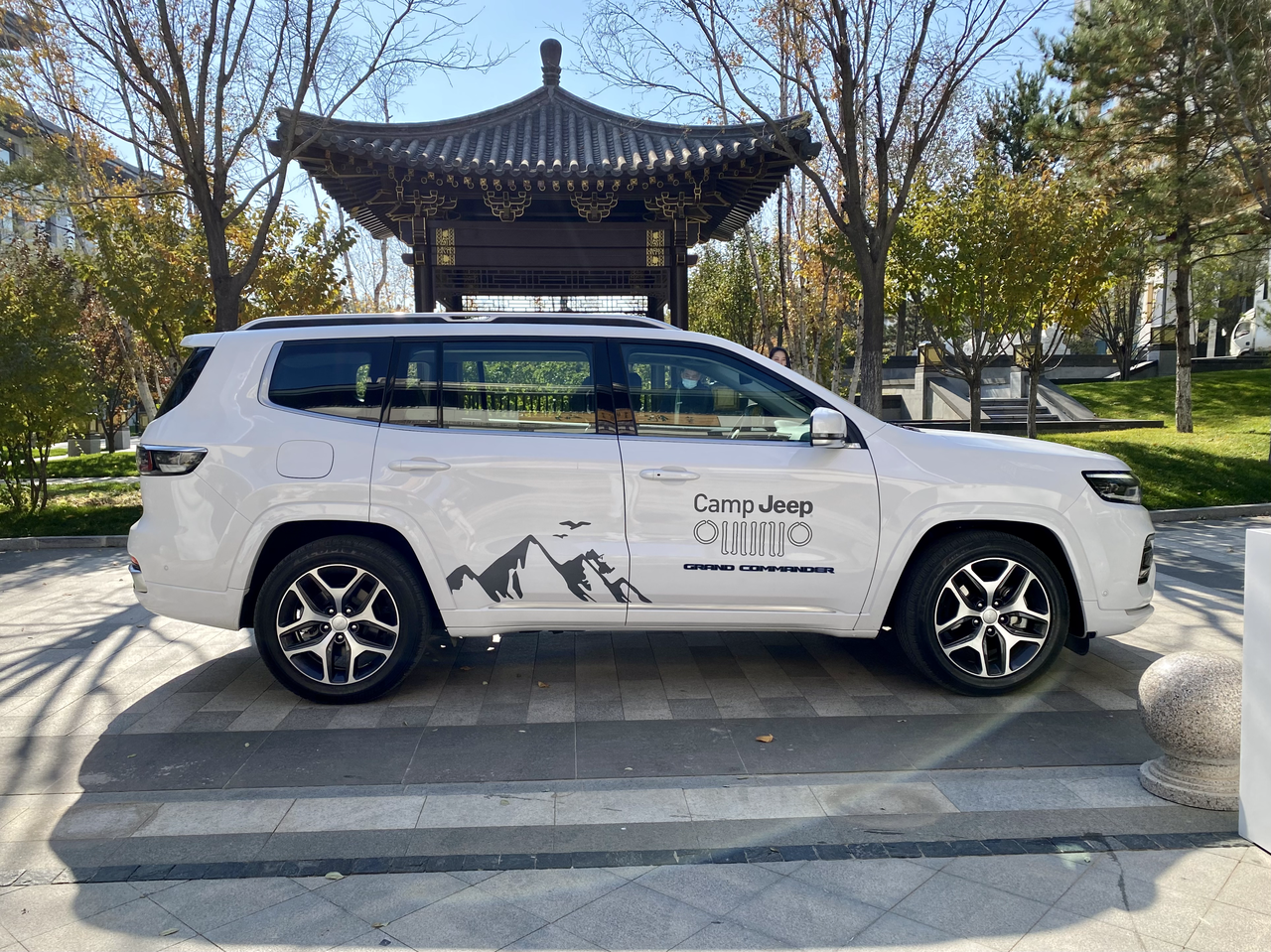
Power is abundant, but all-terrain capability is missing
The new Grand Commander hybrid version is equipped with a 2.0T four-cylinder turbocharged engine and two front motors, with a combined power of 324 kW. In actual driving, the power response is quite sensitive, with basically no lag, and the output is also very linear. The only drawback is that in HYBRID mode, when the throttle is pressed to a quarter, there is a slight bump caused by the engine intervention.
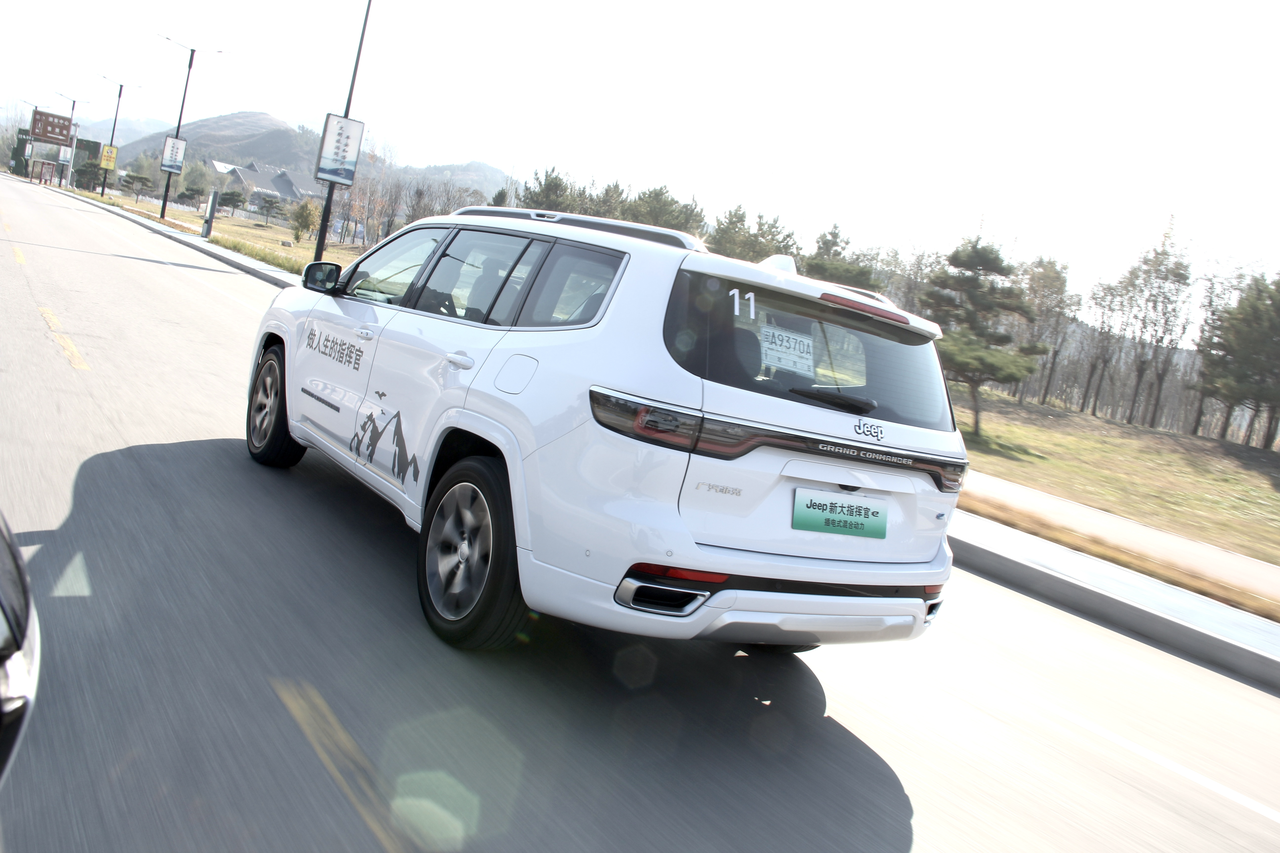
The Selec-Terrain all-terrain mode selection system is one of the core selling points of the Jeep Grand Commander model, which can switch between “Auto, Sport, Snow, Mud” modes through the knob to cope with different road conditions. However, such a core selling point has been cut off in the hybrid version.
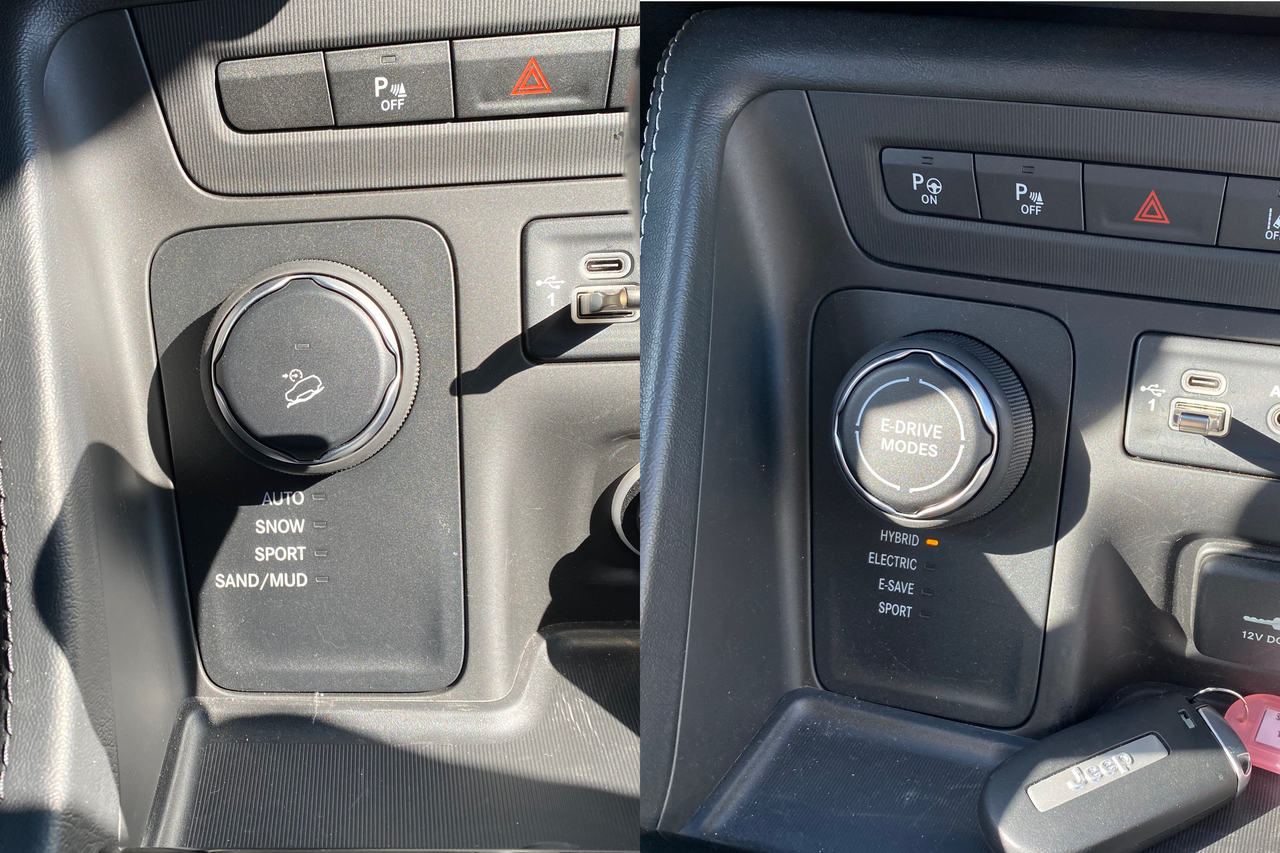
The terrain switch knob on the fuel version has been canceled on the hybrid version, and replaced by a power mode switch knob. The hybrid version offers four power modes to choose from, including hybrid (HYBRID), electric priority (ELECTRIC), strong energy recovery (E-SAVE) and sport (SPORT) mode. In actual driving, the four modes have no obvious difference in power and steering, only the throttle response in sport mode is more sensitive.
Old interior design and insufficient texture
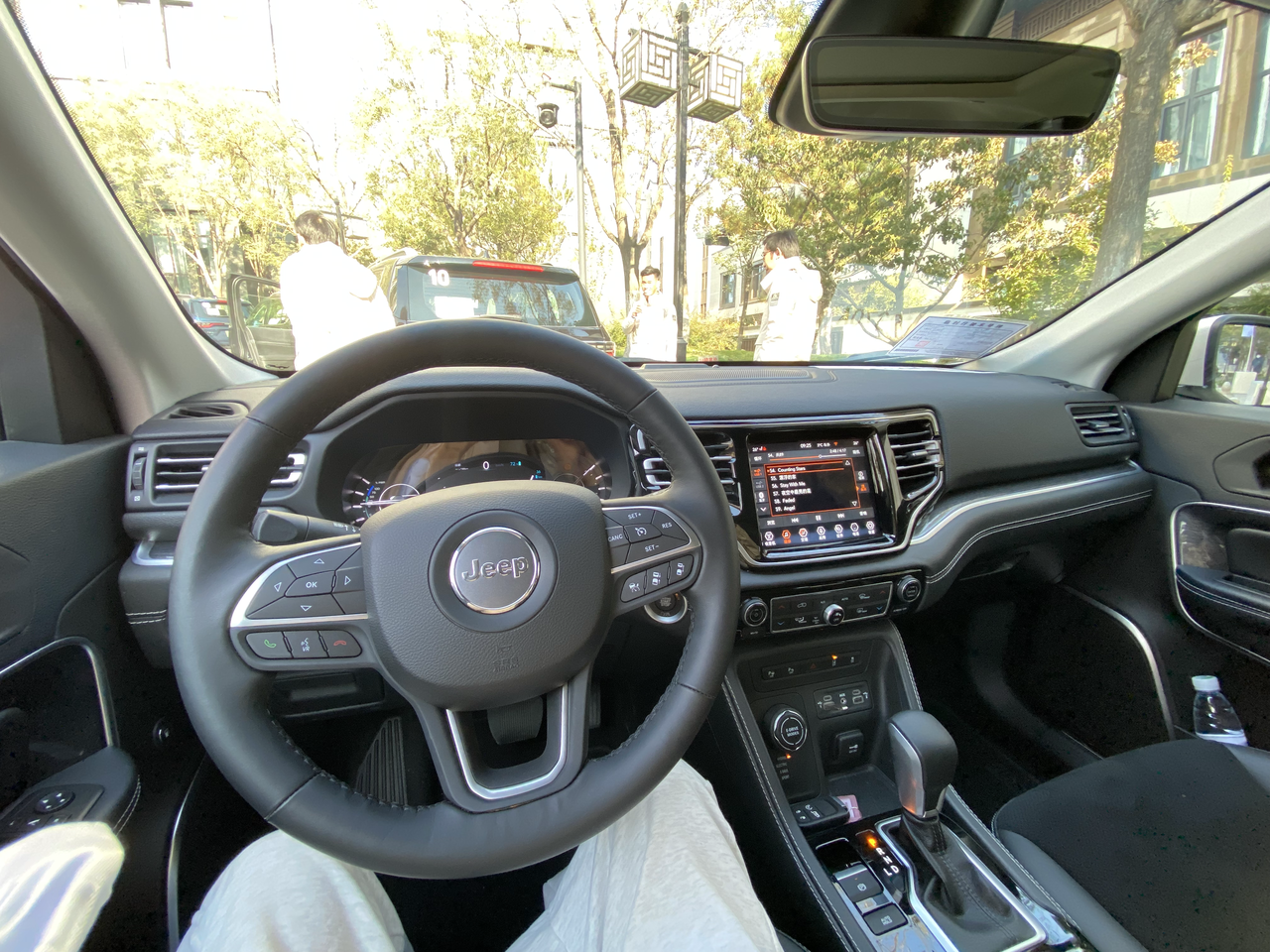
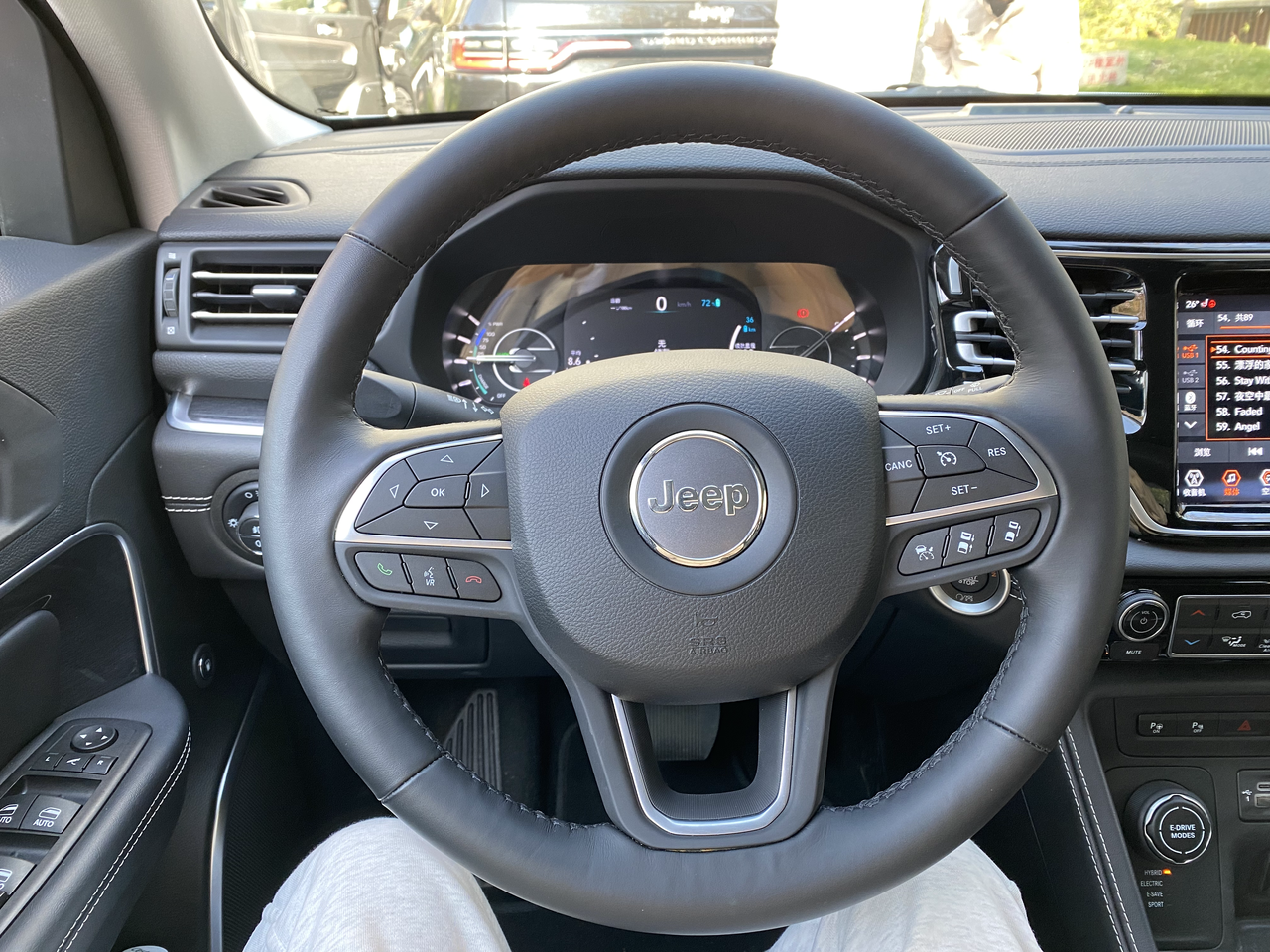
If the exterior of Jeep Grand Commander can be rated as 9, the interior may not even get half of that score. As an SUV priced in the 300,000 yuan range, the design and texture of the interior are really hard to associate with luxury. Since the release of the Grand Commander model in 2018, its interior has basically remained unchanged.Translate the Markdown Chinese text below into English Markdown text, in a professional way, retaining the HTML tags inside Markdown, only output the result.
Especially the plastic feeling of the air conditioning vents and doors, I can only comfort myself by saying that I won’t feel heartbroken if they get knocked around when they go off-road.
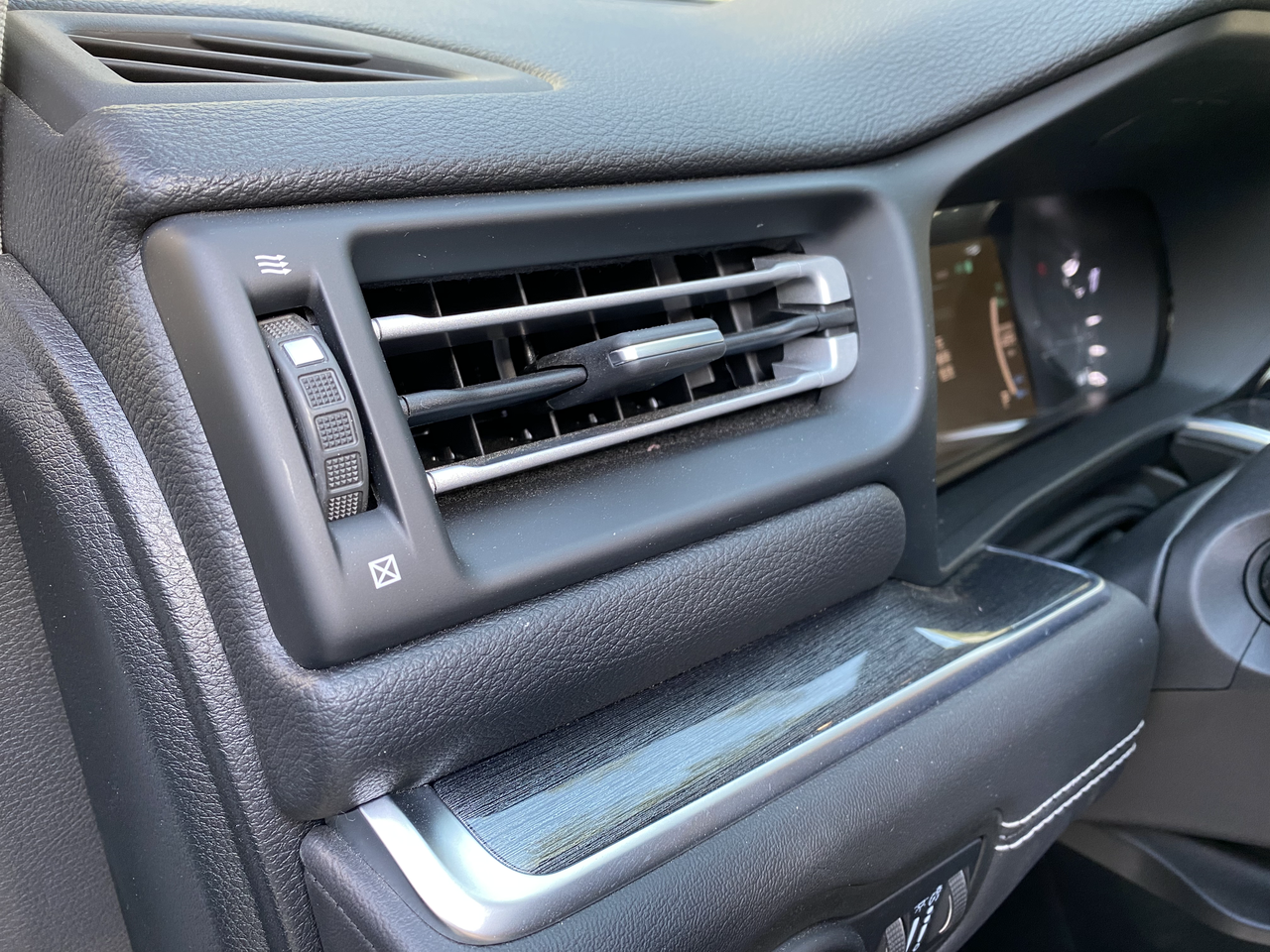
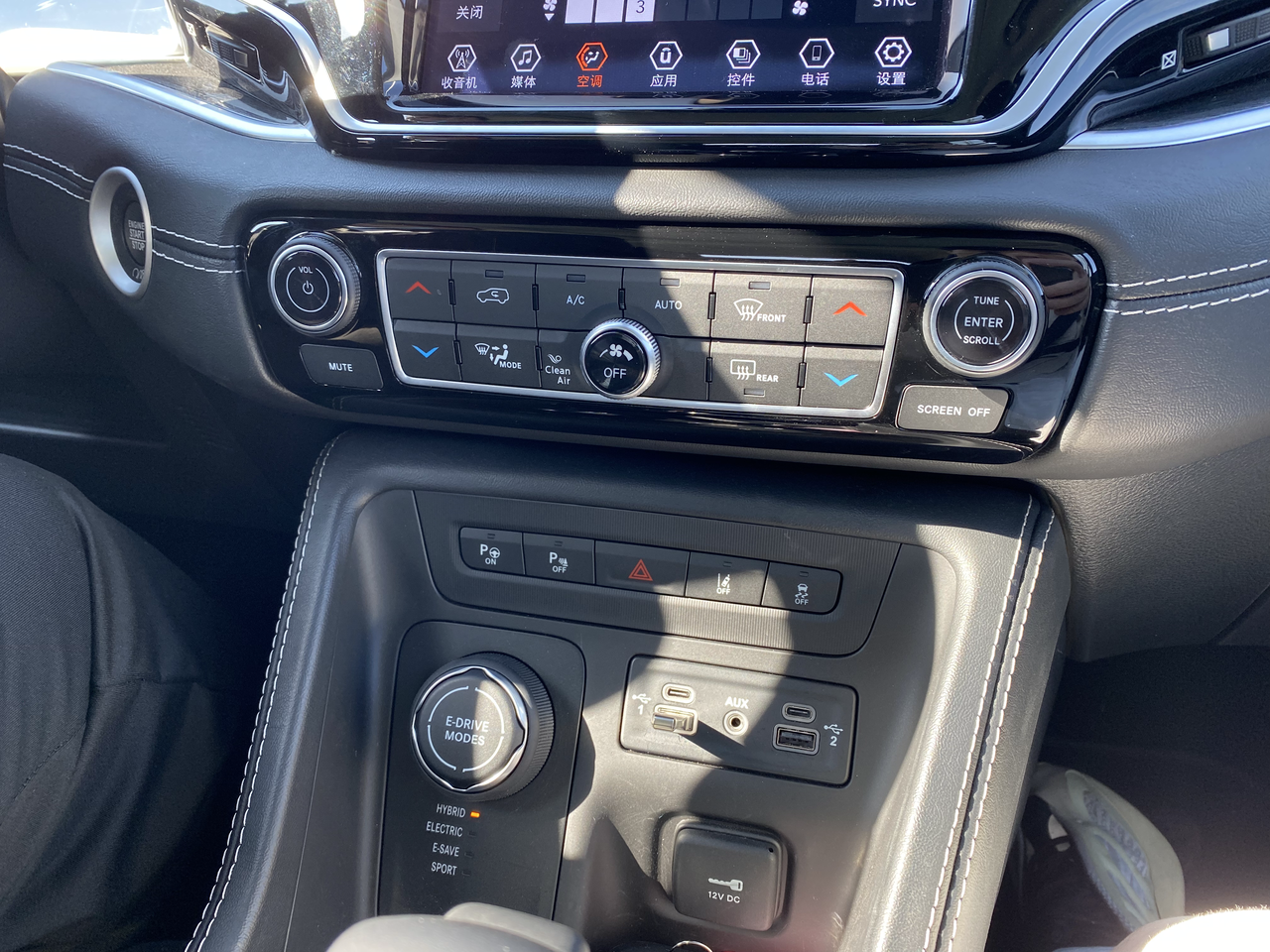
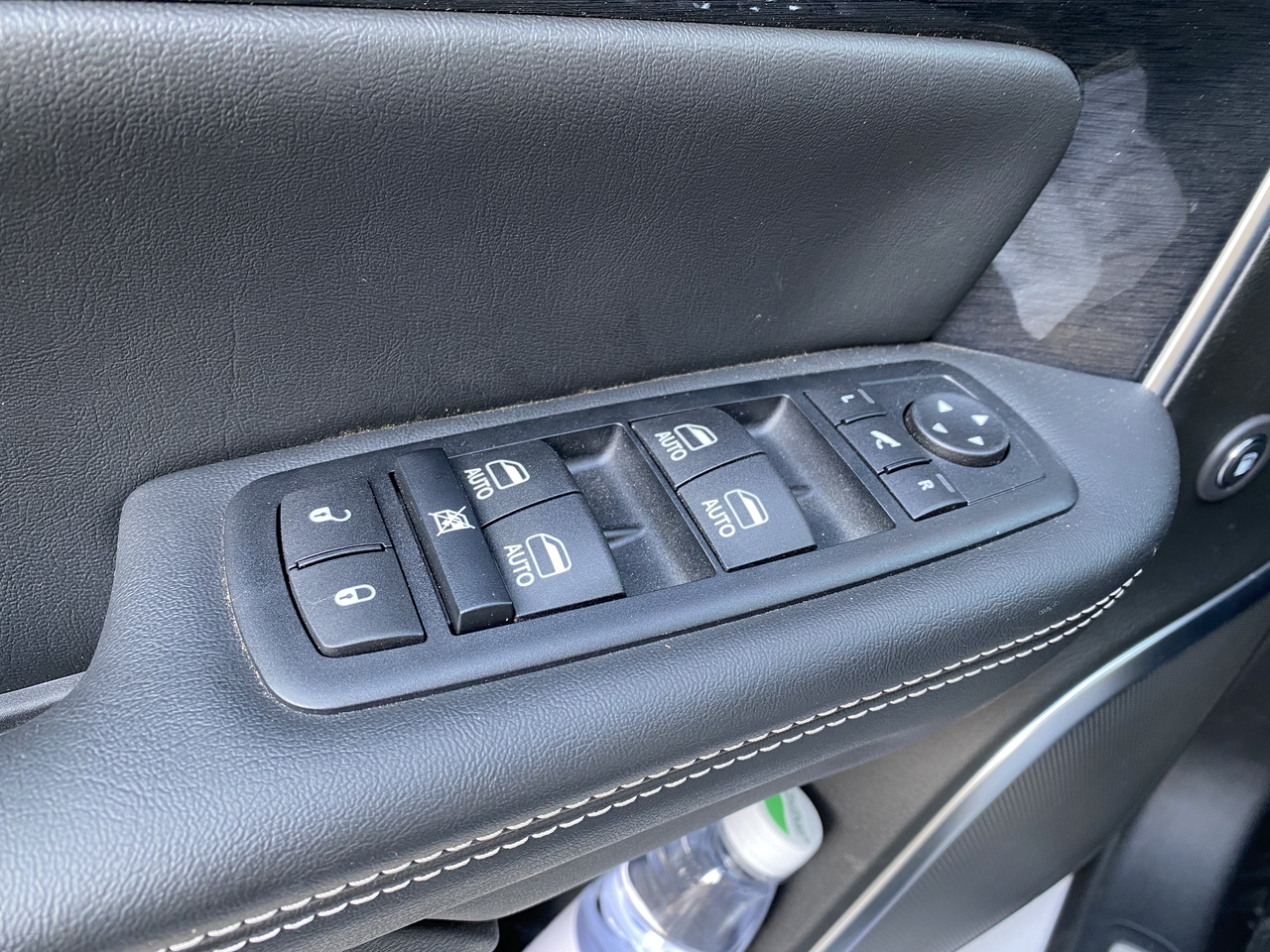
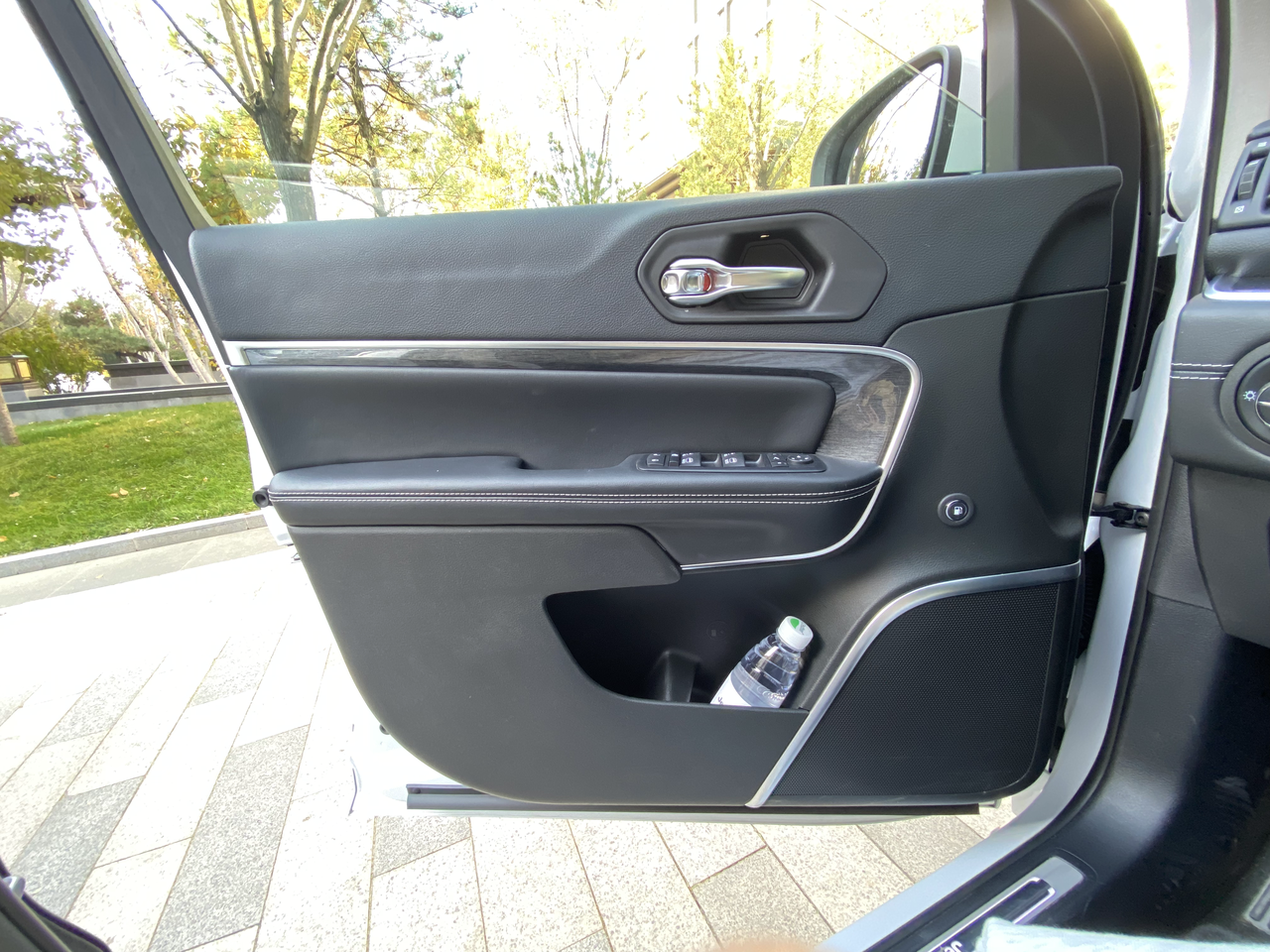
Reasonable Space Allocation, Suitable for Outings
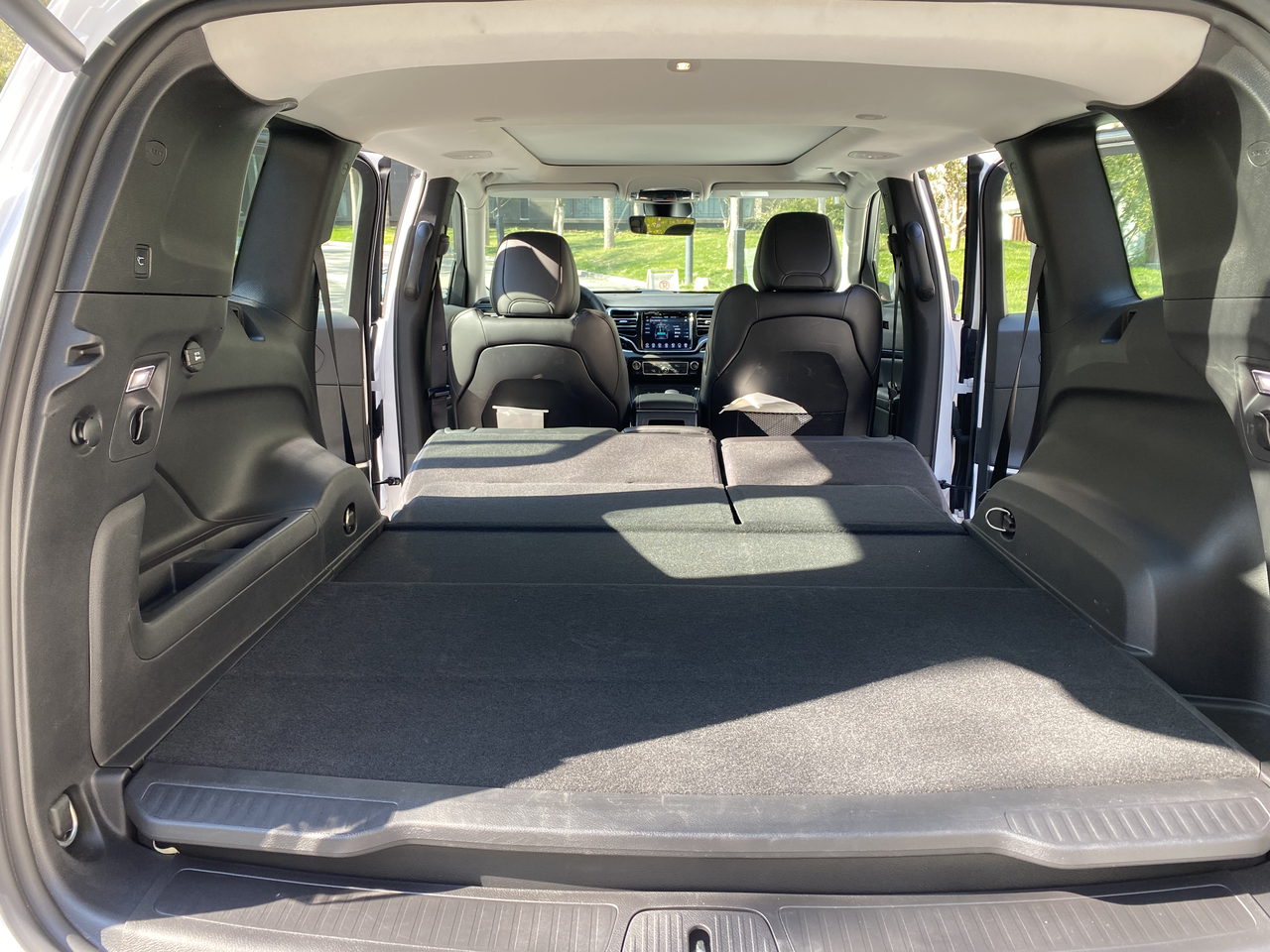
If you want to take a trip one day, choosing a car with a rear seat that can be laid flat for sleeping is a great choice. Not only does it have stronger loading capacity, but it can also be used for a restful journey. The rear seats of the new Jeep Commander can be folded down close to being completely flat, making it easy for an adult to lie down.
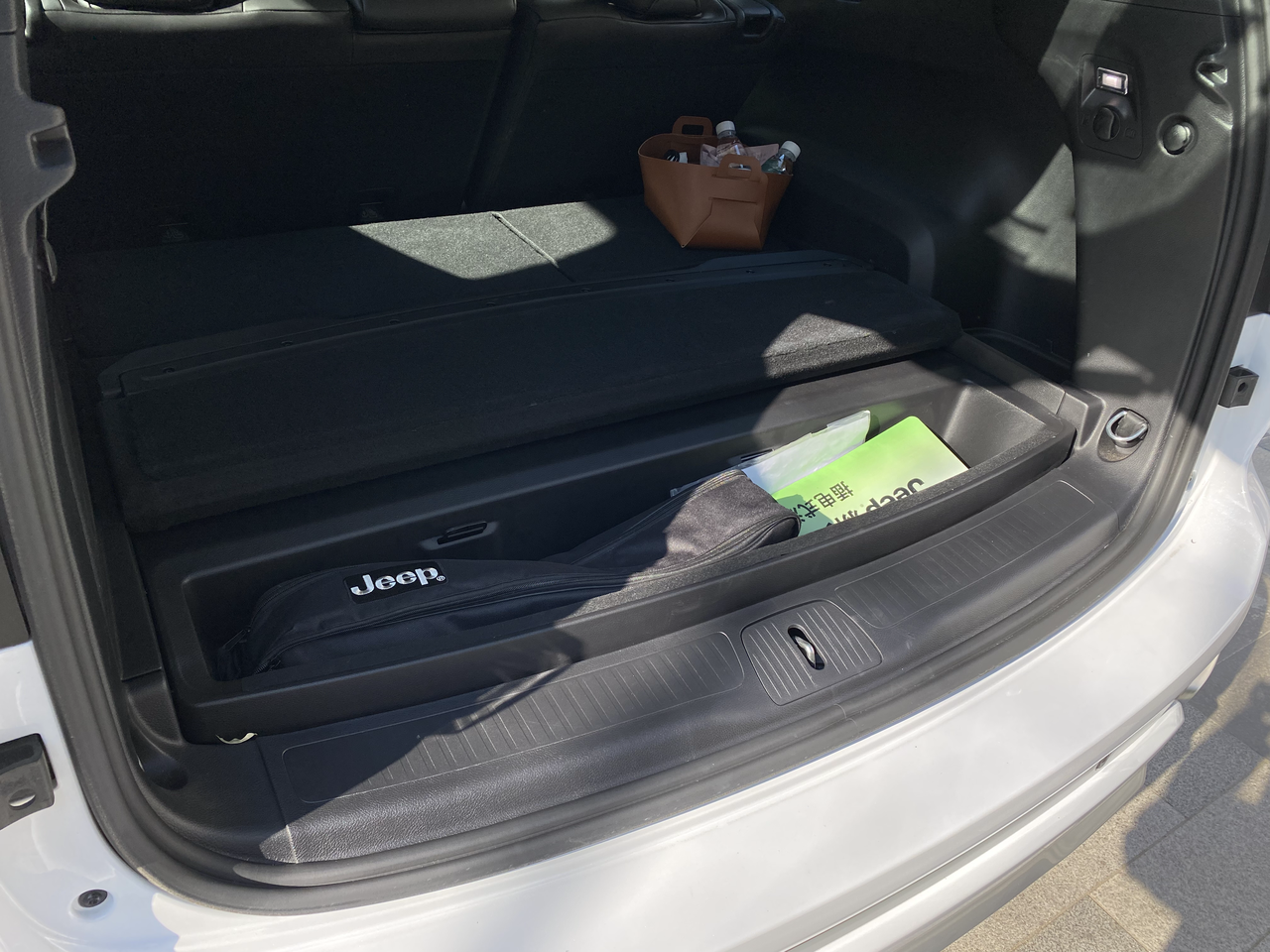
At the same time, the new Jeep Commander’s trunk also has many storage spaces, which can be used to store various travel equipment. It also has intimate fixtures such as hooks and rings to fully utilize every inch of space. The 12V power interface in the trunk is also convenient for using electrical appliances outdoors.
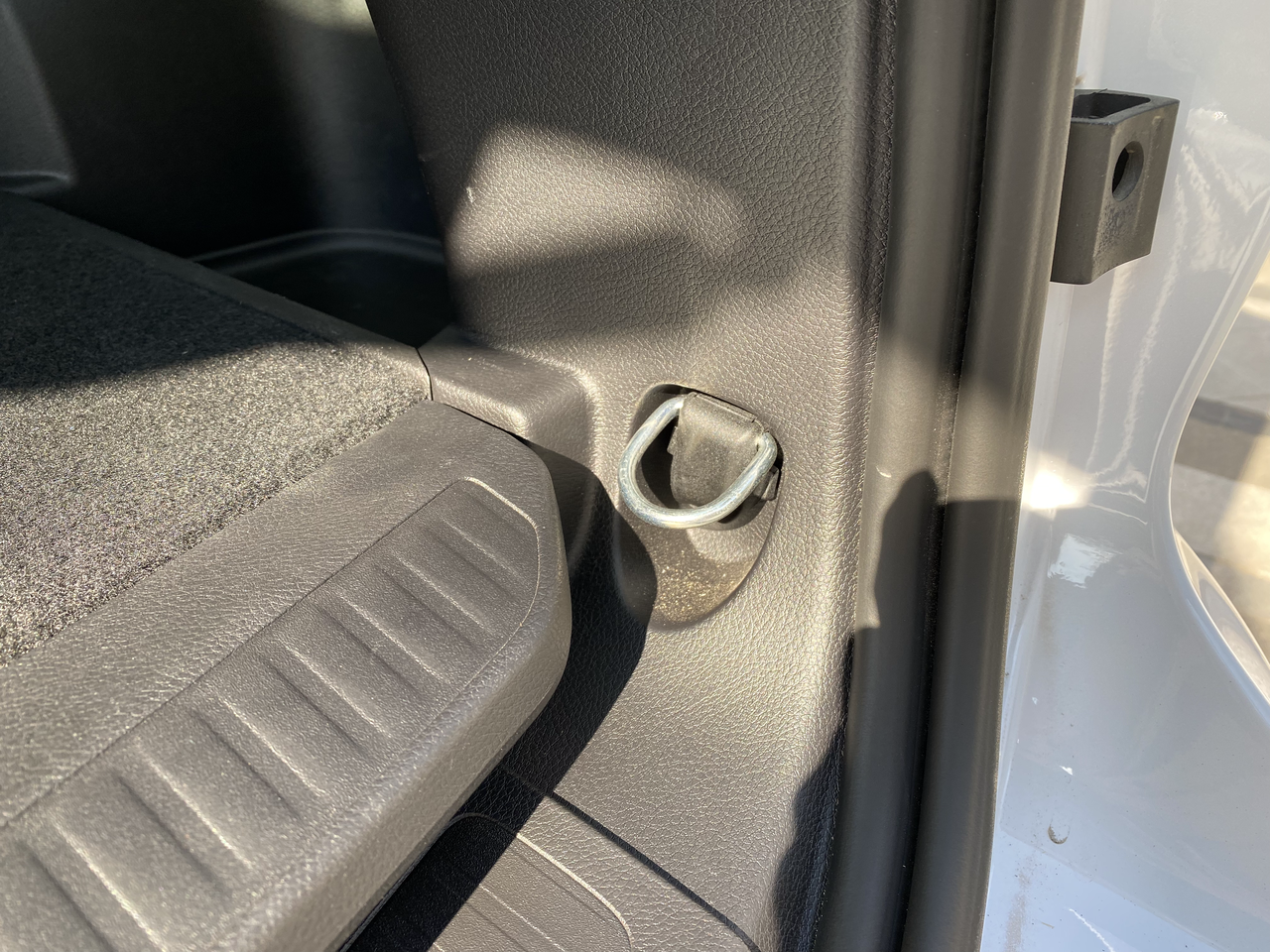
Overall, the new Jeep Commander hybrid version has an exquisite appearance, abundant power, and reasonable space design. However, it also has shortcomings. Apart from the outdated interior design, the lack of all-terrain capability is even more fatal, making the hybrid version suddenly lose its attraction among the original audience of the Commander model. The competition in the 300,000-yuan SUV market is extremely fierce. Perhaps Jeep really needs to think about who this all-terrain-lacking hybrid version of the Commander is intended to be sold to.
This article is a translation by ChatGPT of a Chinese report from 42HOW. If you have any questions about it, please email bd@42how.com.
